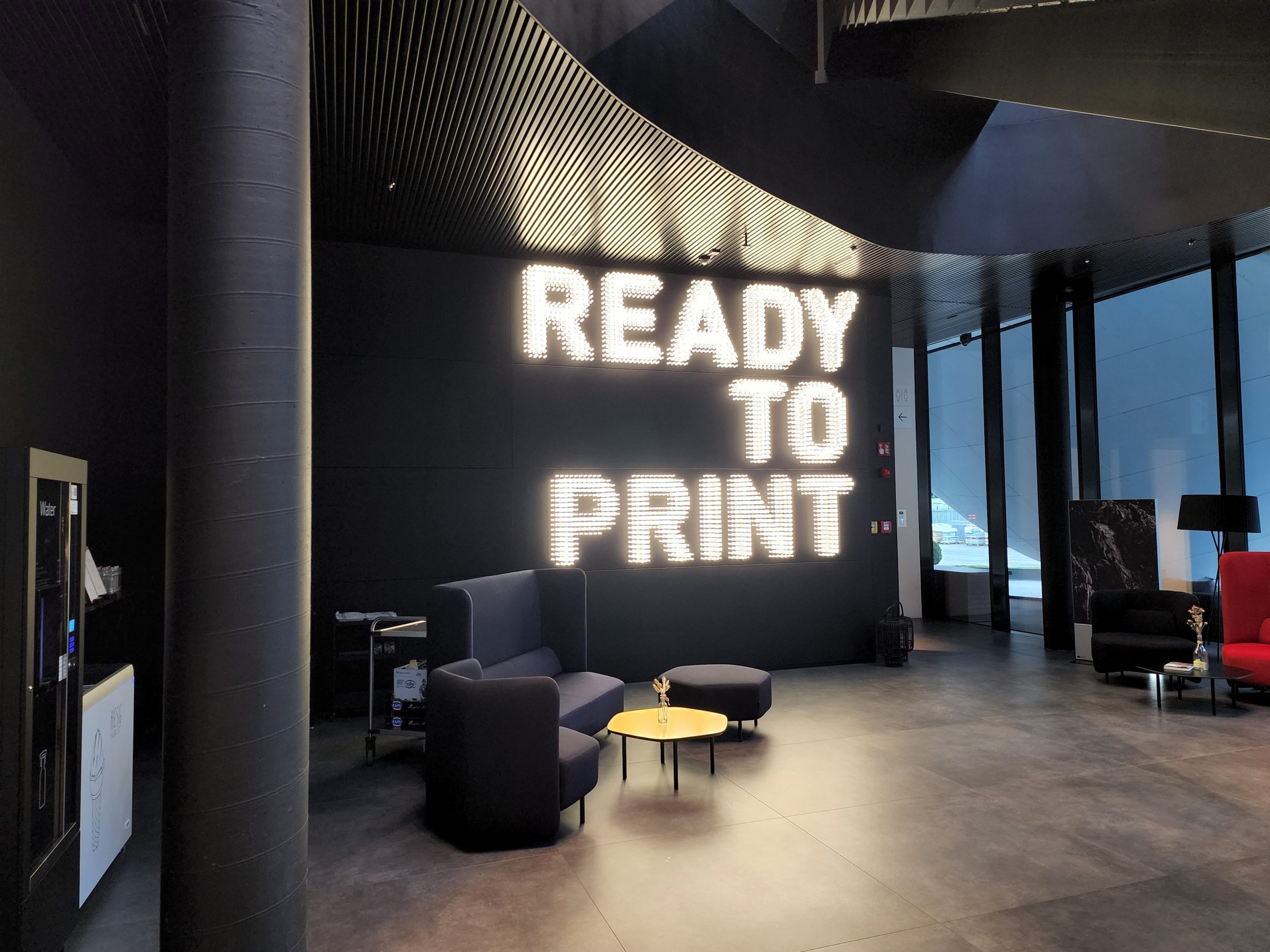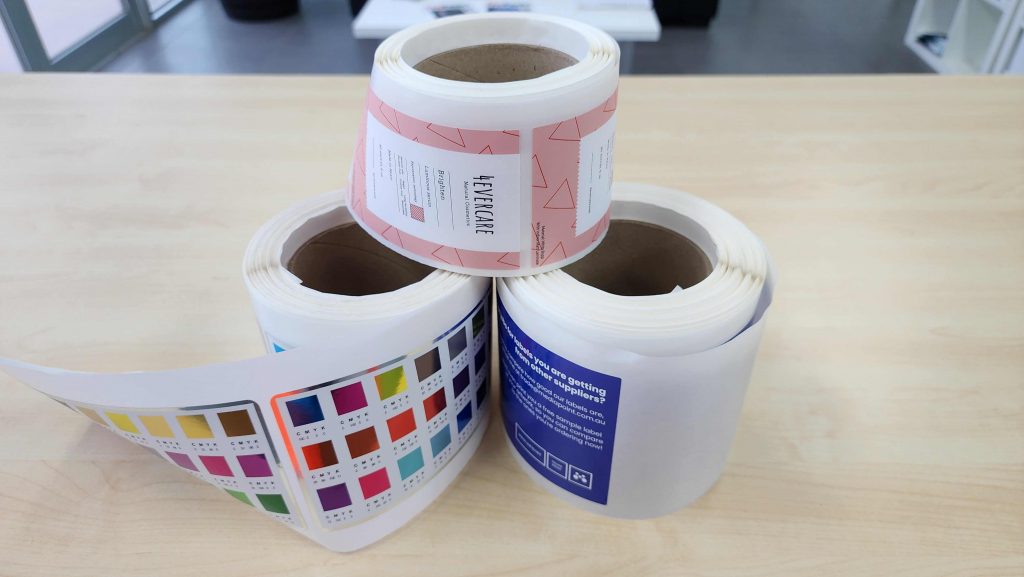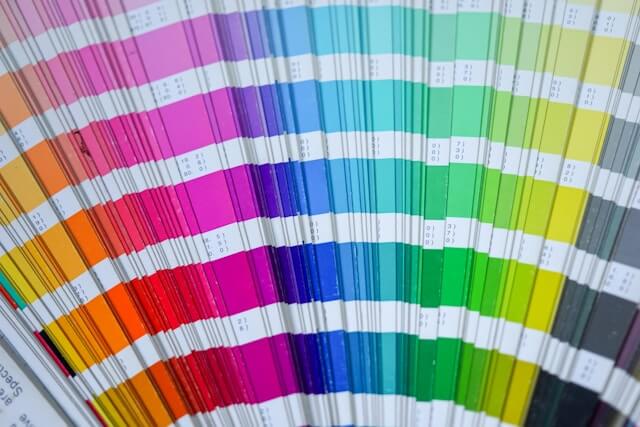The Future Of Trade Printing

We discuss the future of trade printing and how Australian print resellers can stay ahead of the curve
The world of trade printing is constantly evolving, and it is important for print resellers and brokers to stay informed about the latest trends and developments in the industry. So here’s what we’ve uncovered through our recent research trip to European hubs.
The Future of Trade Printing Is About Volume
One of the key trends in the future of trade printing is the increasing demand for volume and capacity. As businesses and consumers continue to rely more heavily on print materials, print resellers and brokers will need to find ways to produce more materials in less time. This will require investment in new equipment and technology that can handle larger volumes and faster turnaround times.
Thankfully, Mediapoint has continually sought new equipment, optimised production processes and strong supplier relationships. We’ve also designed out trade printing facility with expansion in mind. This allows us to meet the growing demands of trade print clients well into the future.
Optimising each element of our value stream means we have the capacity to do more for our clients with less waste. Less waste means more savings in time, money and resources. This creates a closed loop that leads to purchasing better equipment, optimising production and increasing output.
Print brokers should be evaluating a trade printer based on their capacity, equipment and capabilities. Doing so now enables resellers to capitalise on emerging trends and demands of retail customers.
Older Equipment Won’t Service High Volume Resellers
This increasing demand for volume and capacity means traditional print shops will need to find ways to produce more materials in less time. In order to meet this demand, they’ll need to identify trade printers who have the knowhow and equipment. This ability to meet expectations also requires innovative technology such as automation tools (like our PrintIQ portal), Lean processes and effective operations teams. Each of these elements helps to streamline production and improve efficiency. This leads to better outcomes for both reseller and customer alike.
Trade printers who do not invest in key areas will struggle and may not be able to offer the level of quality and service that clients are expecting. Additionally, as the market evolves, these laggards will be unable to access the technologies and techniques that emerge falling further behind.
Bespoke and Custom Printing Solutions Will Move In-House
Despite the future of trade printing moving prioritising volume there will still be a need for bespoke and custom print solutions. Some trade printers may choose to focus on filling production gaps in these areas. However, these jobs will be more likely to be produced in-house due to the decreasing costs of necessary equipment.
At Mediapoint we are very focused on how and who we support when it comes to trade printing. We have a specific definition of a trade client and don’t intend on changing. What we do intend on, however, is continually evolving to meet their needs and helping them grow.
If you’re a high volume print reseller or a print shop looking to grow your capacity, set up a PrintIQ account or contact us to discuss your needs.



